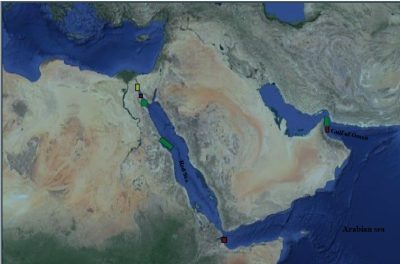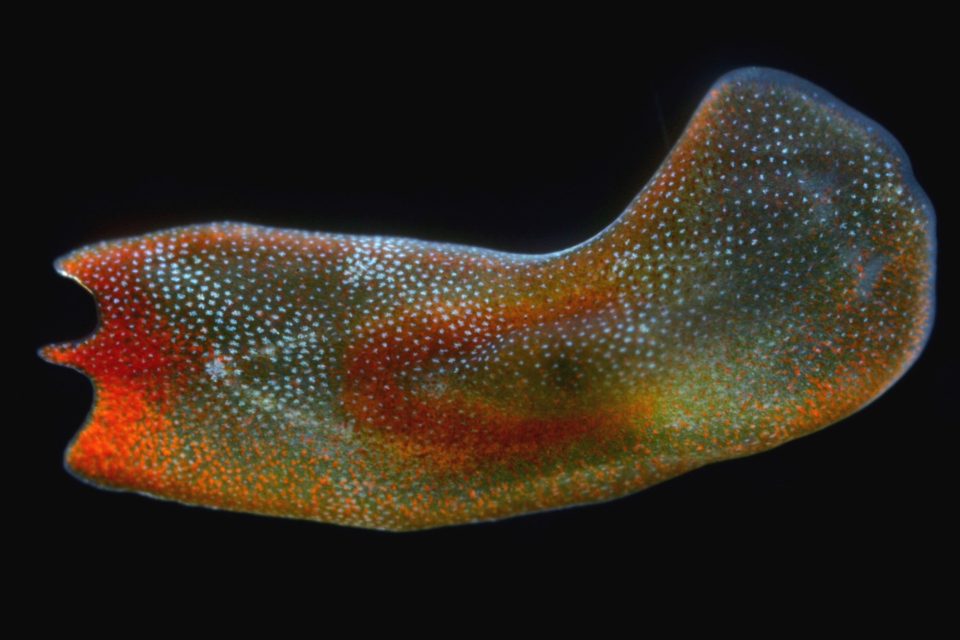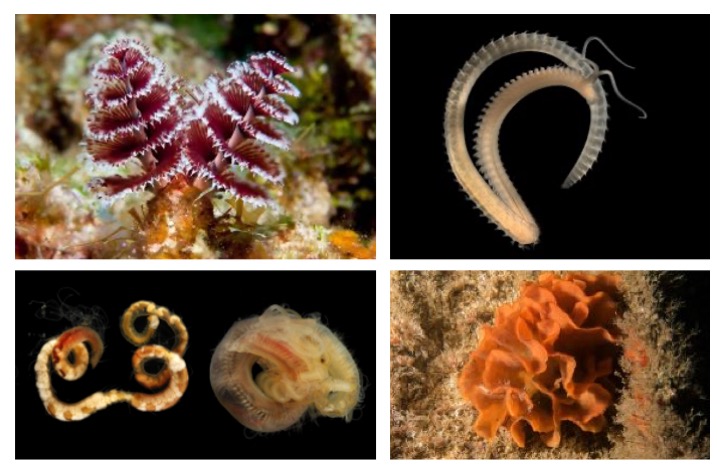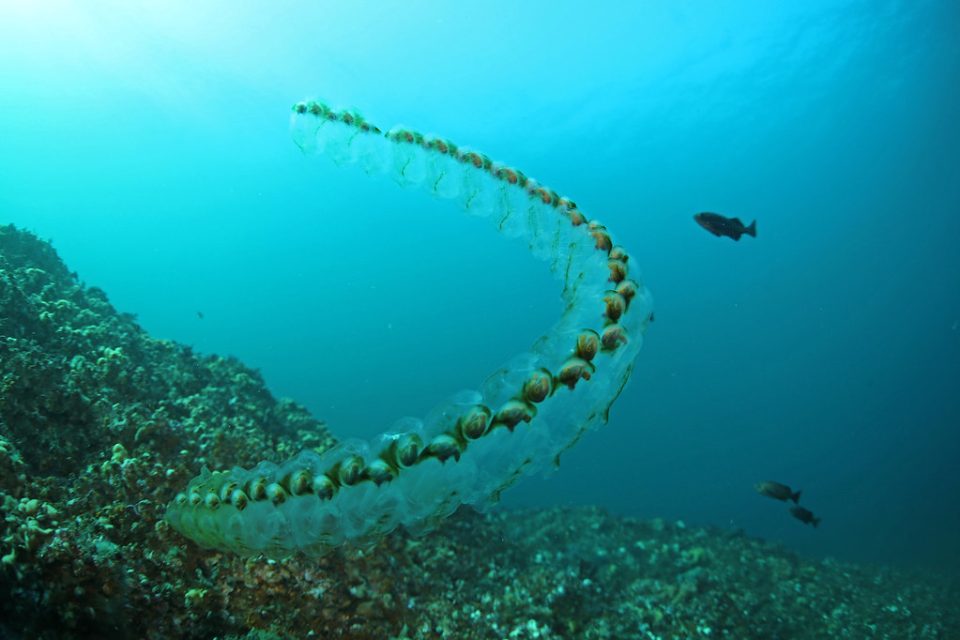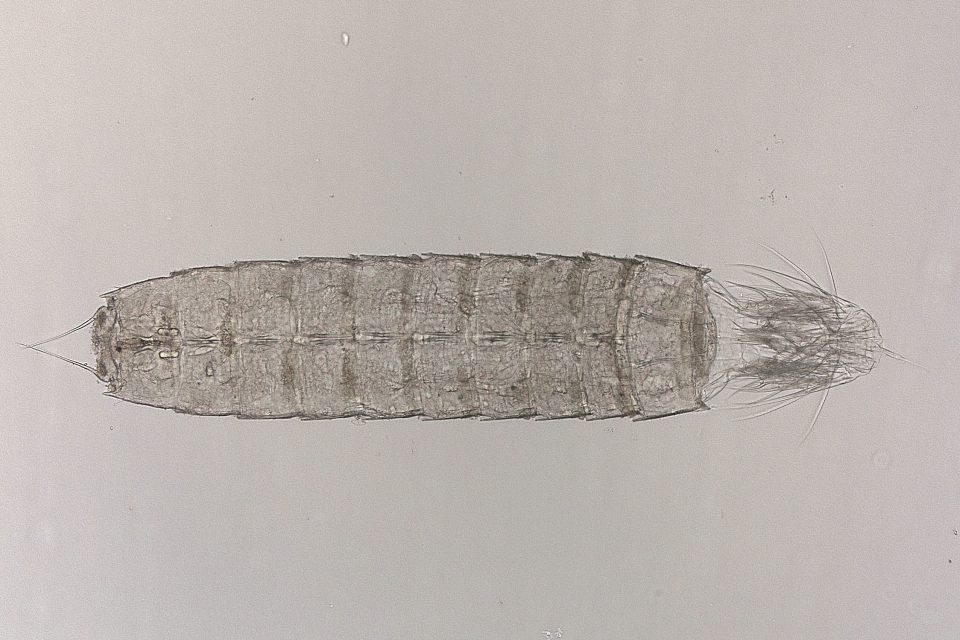
Group of the month: Spaghetti worms (Annelida, Terebellidae)
Text and pictures by Maël Grosse Among all the worm-like animals in the sea, polychaetes, or bristle worms, are probably the most diverse and striking group. This month is the opportunity to look at one of the most beautiful group of polychaetes (Fig. 1), the family Terebellidae Johnston, […]
